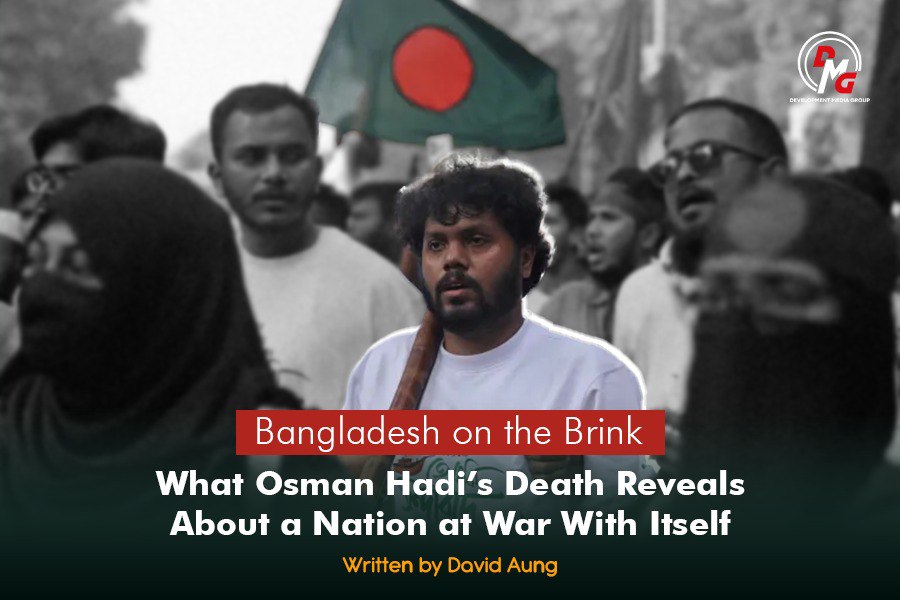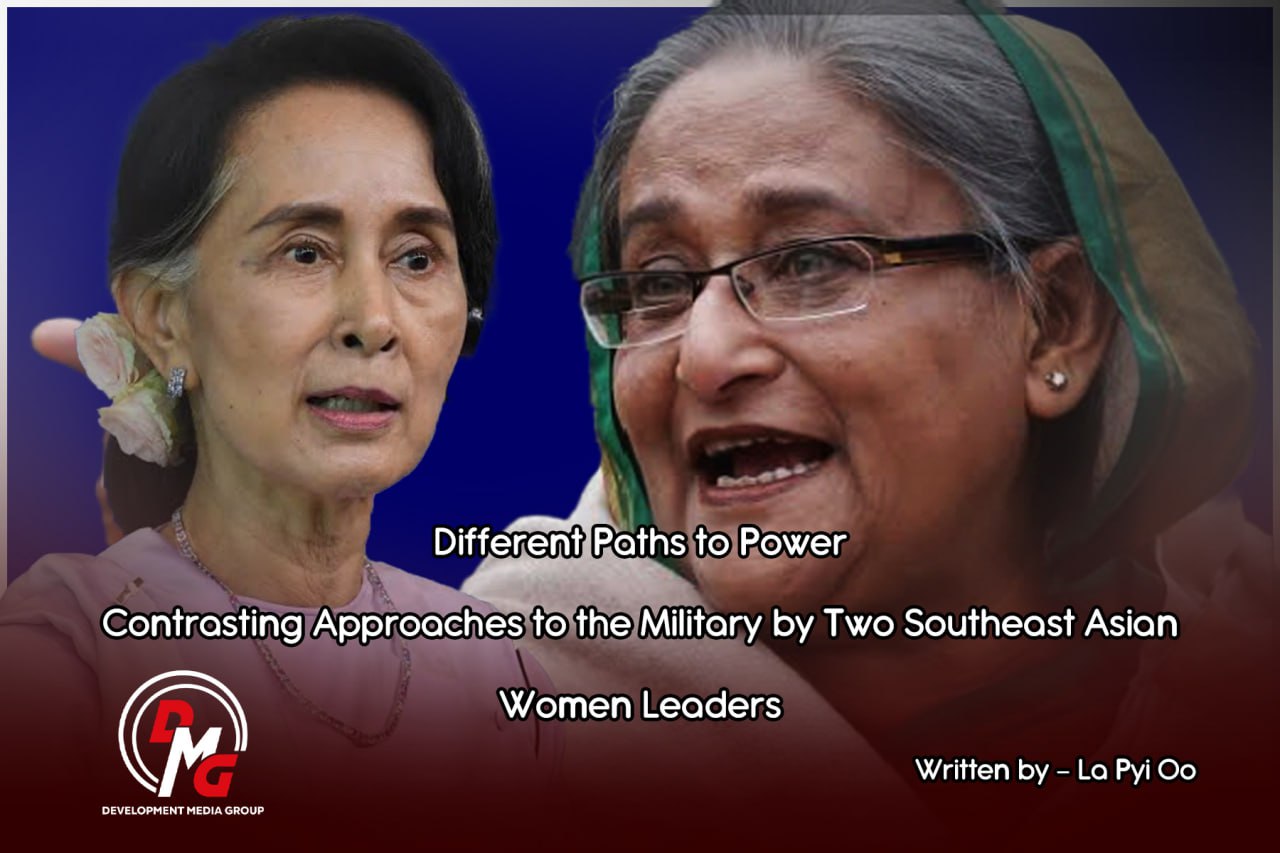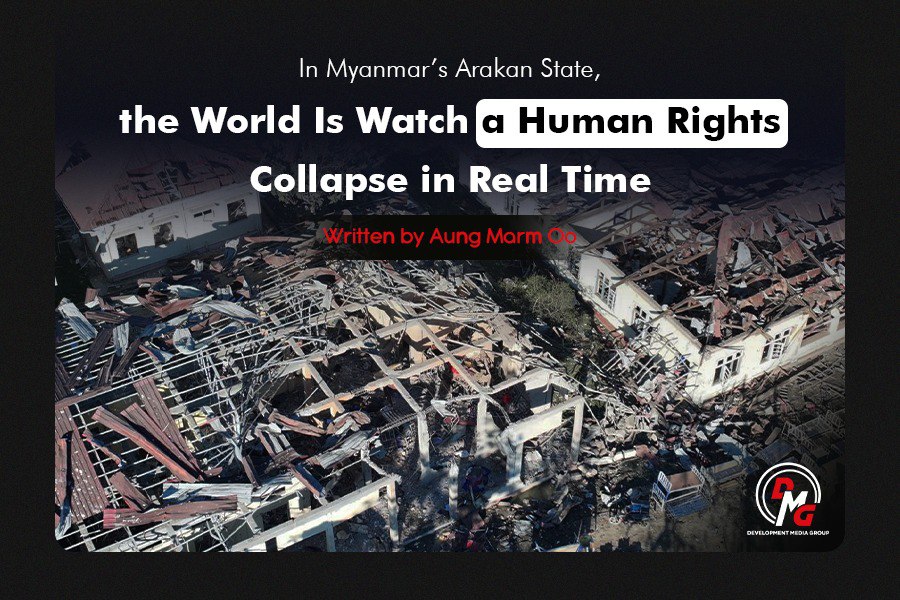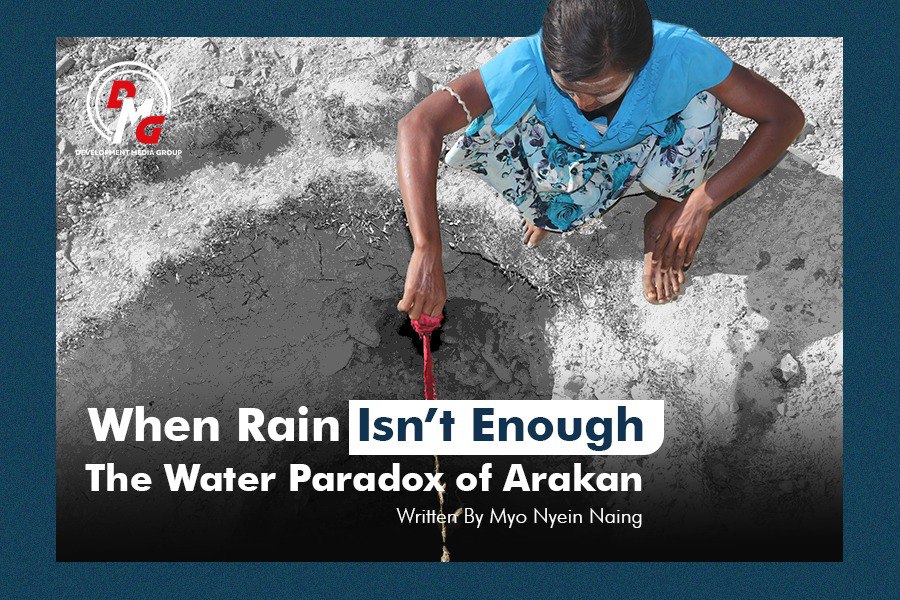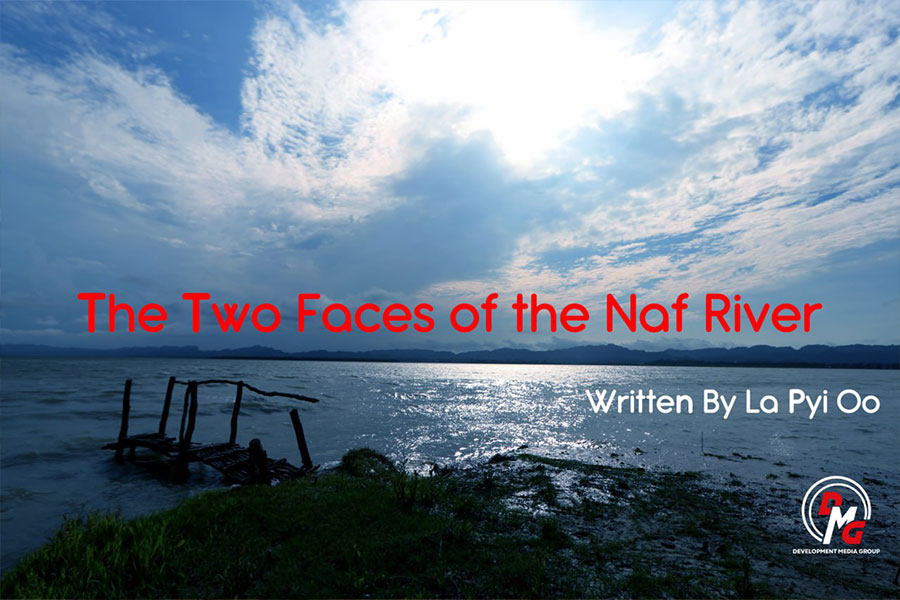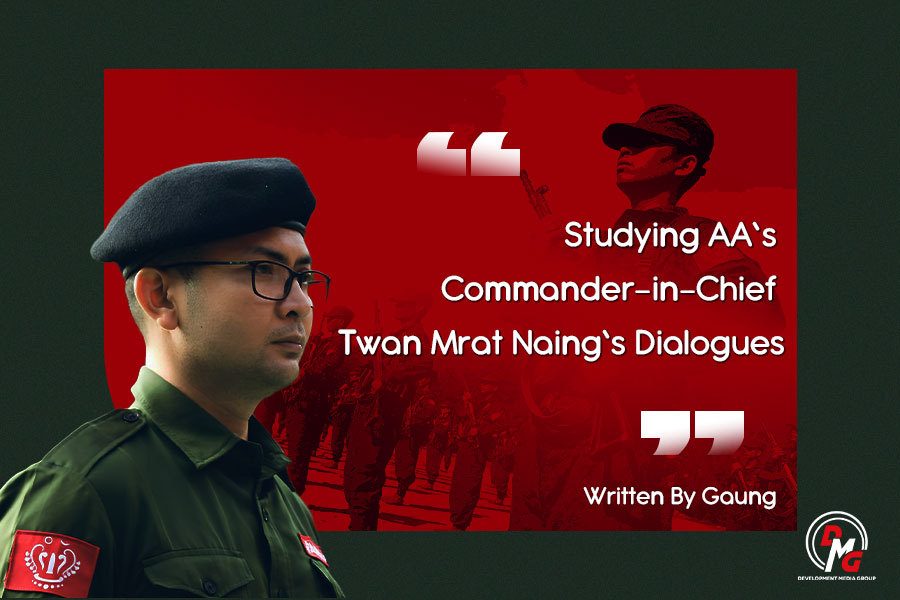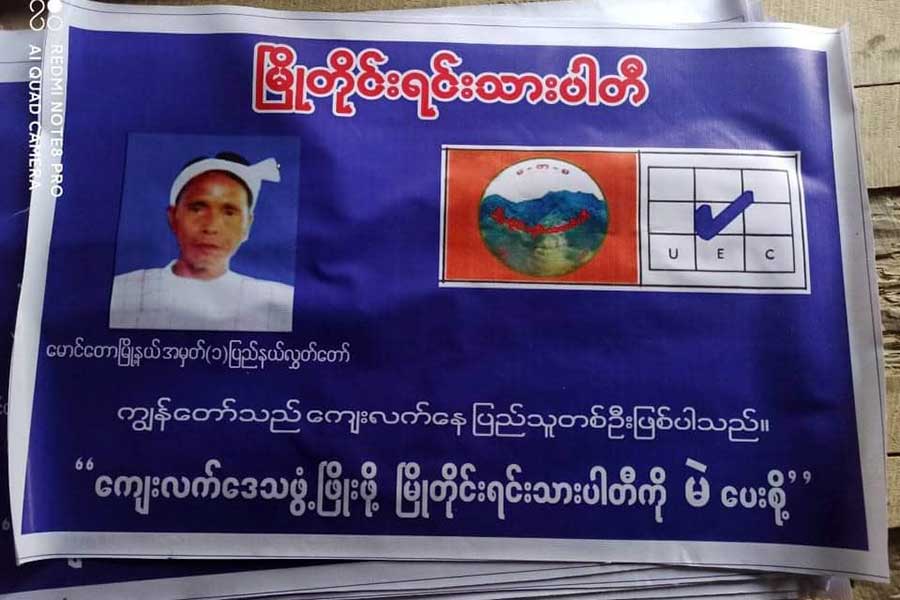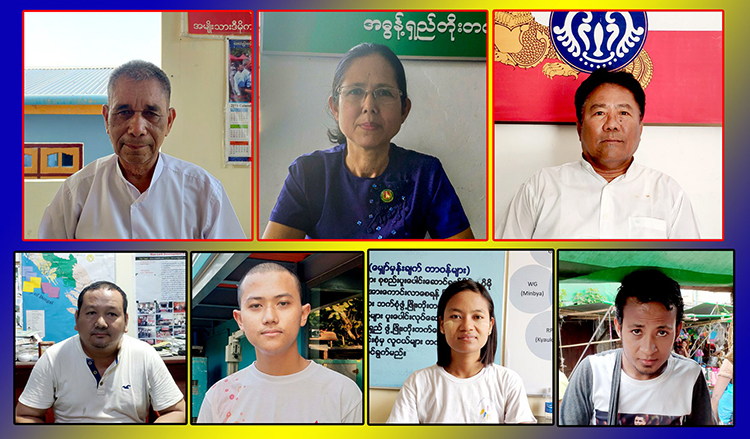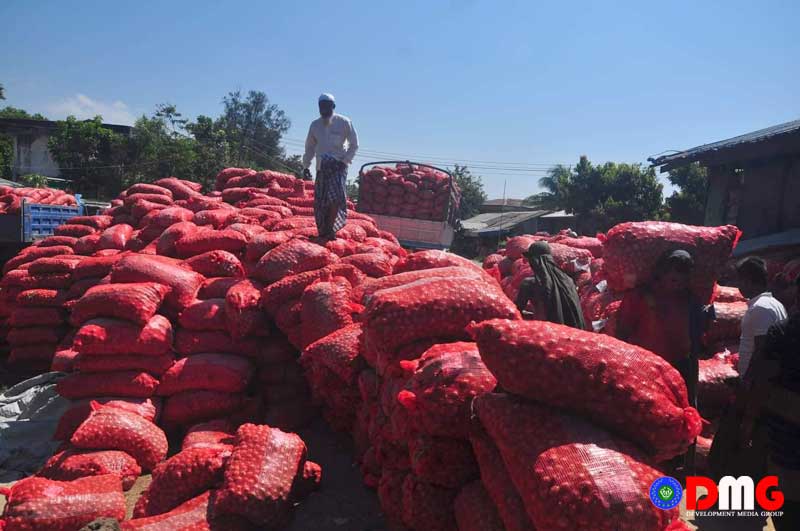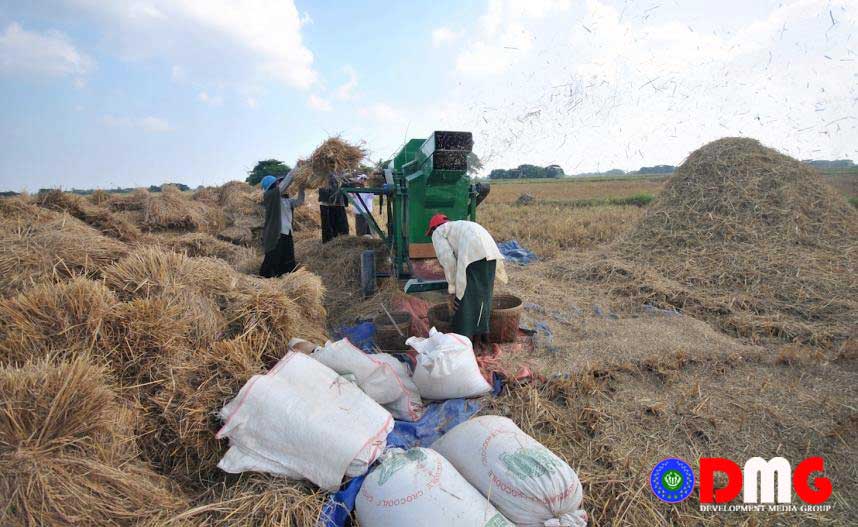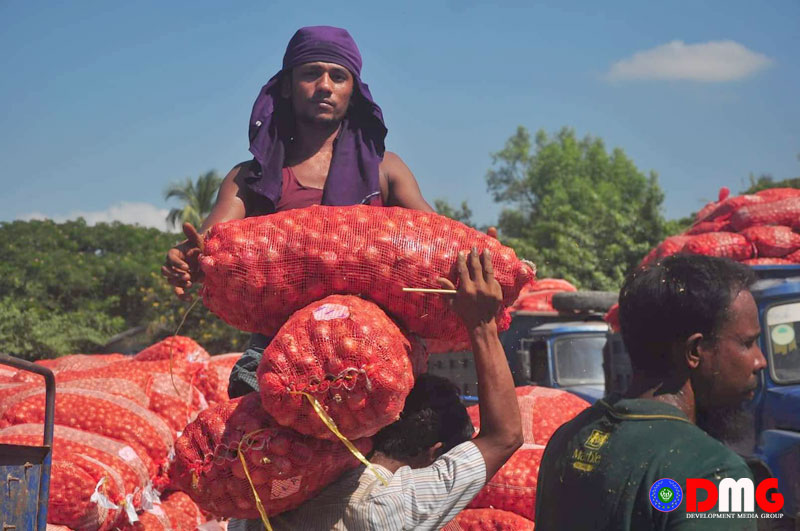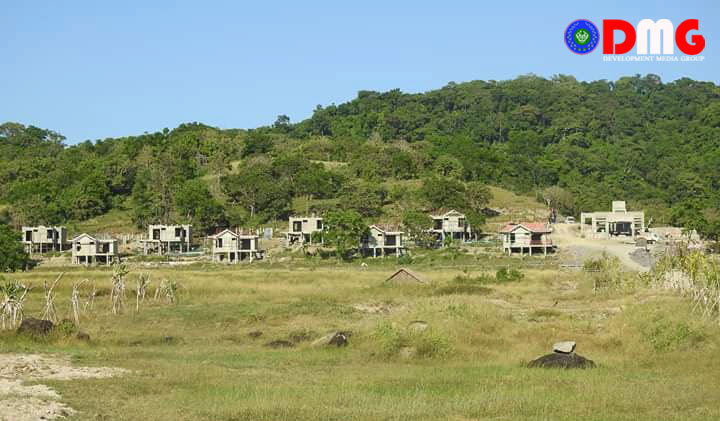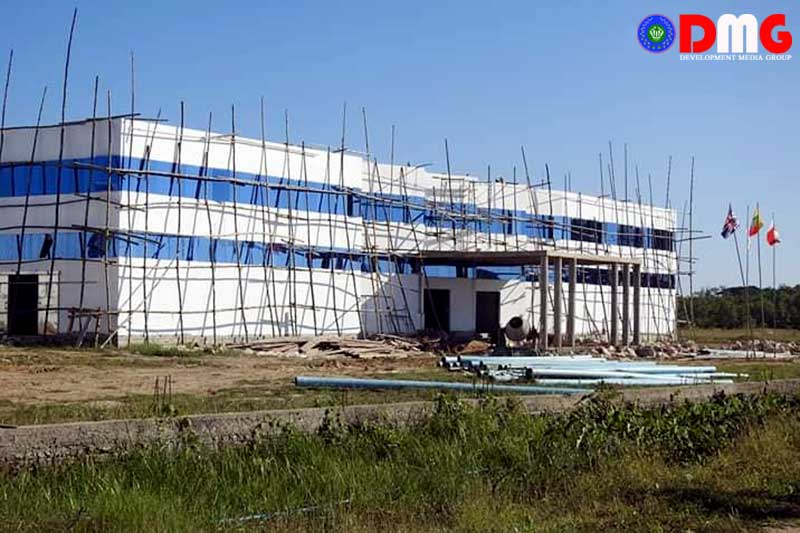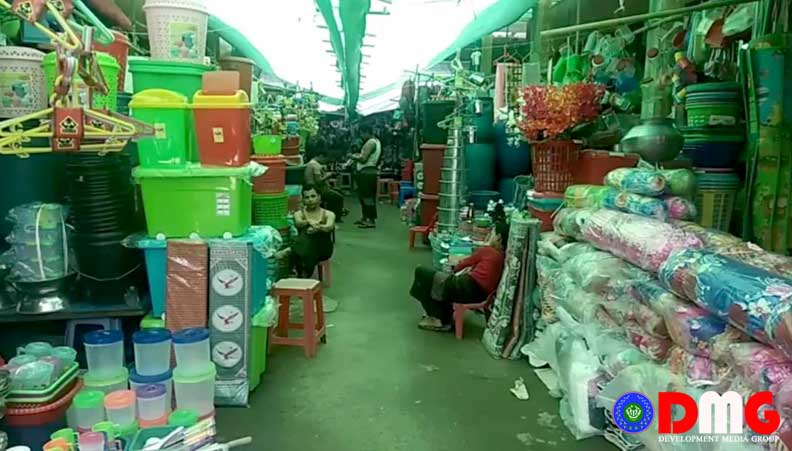- Junta unable to hold elections in dozens of wards and village-tracts in Sittwe, Kyaukphyu
- Fighting escalates between Myanmar military, Arakan Army in Ayeyarwady Region
- Regime steps up civilian arrests in Sittwe
- ULA safeguards Mrauk-U's ancient heritage
- Arakan on the Edge: What the DMG Landmine Impact Report Reveals About Myanmar's Deepening Humanitarian Crisis
Life as a Reporter on the Frontline and in the Villages
Whatever the reason, we endure. We support each other. We tell the stories of those who cannot speak, and we absorb the pain that cannot be forgotten.
26 Sep 2025
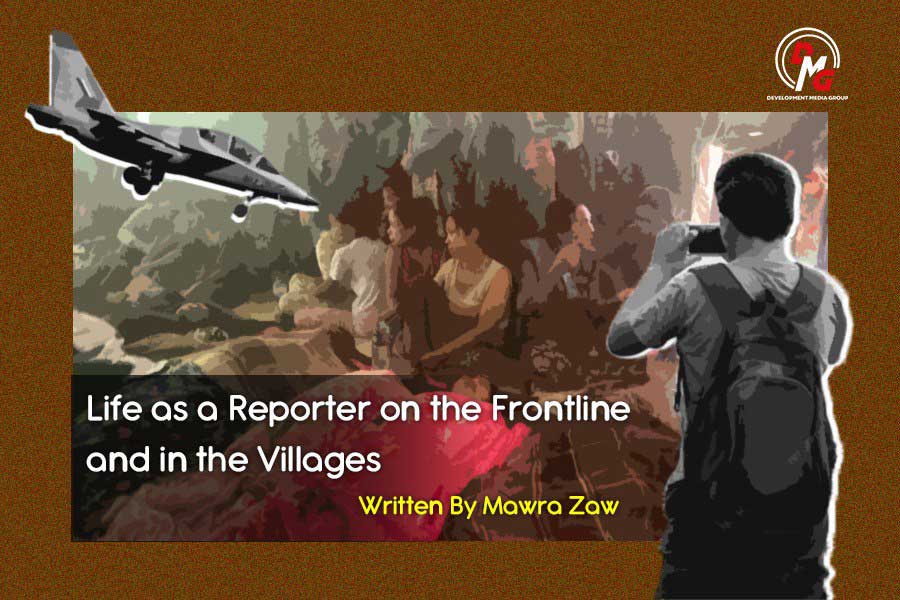
Written By Mawra Zaw
If I'm honest, I don't even know how to describe it. Am I anxious? Heartbroken? Trauma-struck? I cannot neatly sort the feeling. To put it bluntly: sometimes I feel so overwhelmed that I do not want to keep doing this job anymore. Yet, here I am - still picking up my pen, still turning on the camera, still walking into places most people would rather escape.
Lately, I keep seeing scenes of people killed en masse by aerial bombings. When the dead are schoolchildren, the pain cuts even deeper. I have been working as a reporter in Arakan's borderlands and villages for more than ten years. Even if you call me faint-hearted, even if you say I have grown fearful, there are moments when watching entire groups of people die before my eyes shakes me to the core in ways words barely capture.
A fellow reporter once said to me: "Brother, becoming a journalist in Myanmar is no trivial privilege." At the time I brushed it off, thinking it sounded grandiose. But over the years, every time I covered a frontline incident, every time I stood in morgues or at mass funerals, his remark returned to me. It haunts me because it is true.
Early in my career I admired the senior correspondents. I wanted to be like them - adventurous, inquisitive, dogged in pursuit of truth, refusing to take sides, standing proudly on principle. I entered journalism with those hopes burning in me. But hopes do not shield you from trauma. Admiration does not prepare you for the smell of blood, the sight of broken bodies, or the sound of mothers crying over their children.
When Reporting Meets Grief
My feelings first began to shift on June 1, 2016. That morning, as schools opened in the Tawphyar area of Ponnagyun Township, children were returning home by boat. It capsized. Seven children died.
When we arrived at Poeshipyin Village, the bodies were laid on the embankment. White cloths covered them, but their small faces and limbs peeked out. Four lay still on the deck. The search continued for the others.
I will never forget how one little girl was retrieved. They pulled her from the river not by gently lifting her onto a boat, but by dragging her with a rope. Her small blue schoolbag bobbed on the surface as they hauled her to shore. She was gone, and yet she was treated with such indignity. Buddhism teaches that life is transient, but seeing a drowned child pulled from the water in that way was unbearably grim.
I filmed the scene, hands trembling, chest tight. Families wailed beside the coffins, their cries piercing the heavy air. My eyes stung, but I forced myself not to cry. I had a job to do: interviews, photographs, footage. But even then, I wondered: were we truly documenting, or were we intruding upon grief?
Bearing Witness to State Violence
Then came January 2018 in Mrauk-U. Demonstrators were gunned down by security forces. At the morgue, seven corpses lay under wooden frames, candles flickering around them. The glow bleached and reddened their faces. Family members screamed. Parents fainted. Children sobbed in corners.
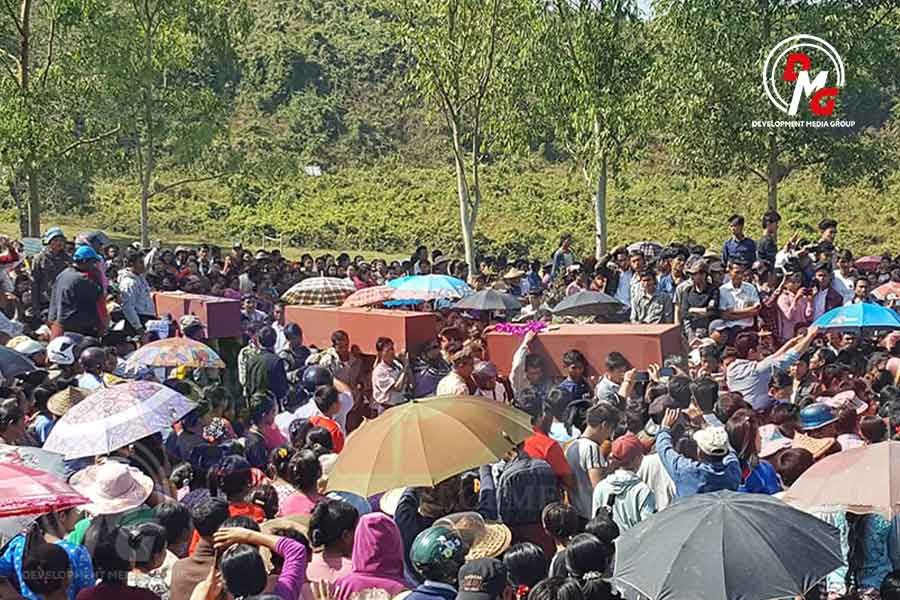
I remember a little girl wiping her tears with the back of her hand as she stood beside her mother. Her father lay dead. That image has never left me. I realized then that being a reporter in Myanmar is not simply about "coverage." It is about carrying the weight of trauma that does not belong to you, but that you cannot ignore.
Yet our duty required us to take "good" shots - photographs that would speak to readers, images that would travel far beyond Mrauk-U. Sometimes I hate to admit it, but the most heartbreaking images often become the most "powerful" news photos. That night, I asked myself whether we were human first or journalists first.
The Children of Panmyaung
In August 2019, a shell exploded in Panmyaung Village, Minbya Township. Three children were killed instantly.
We were the first journalists to arrive. One victim, a tenth grader, had been about to leave for school. Another was her infant sibling. Their bodies lay on makeshift racks, covered with woven mats. The infant's small chest wound exposed bone fragments.
The girl's brother carried her to a clinic, but she did not survive. Their parents were away working abroad, leaving the grandparents to care for them. At the funeral, villagers uncovered the girl's face so her mother could see her one last time upon her return - a final act of mercy amidst unbearable loss.
Gunfire echoed in the distance as I left Panmyaung . My colleague's words returned: "Being a journalist in Myanmar is no small matter." No - it is an act of survival.
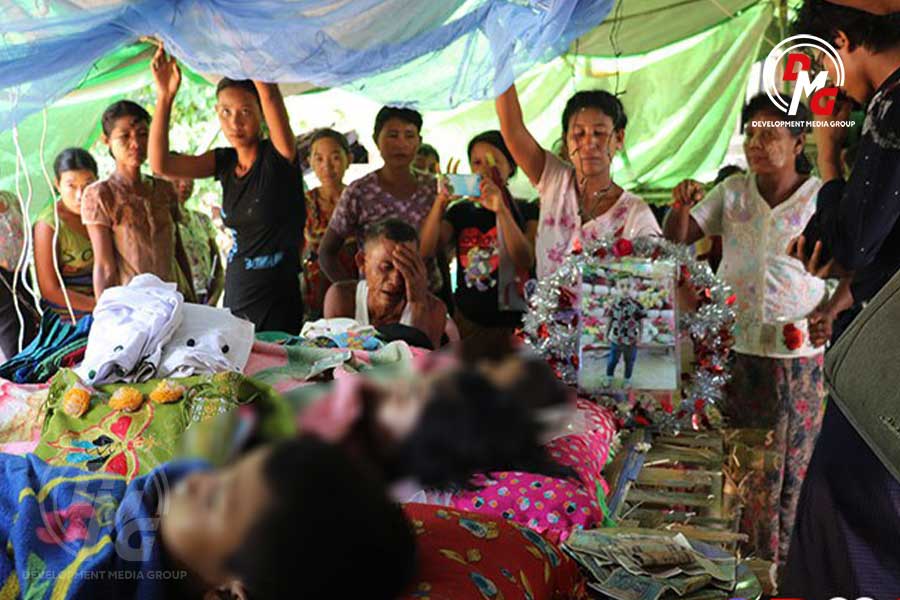
The Ethical Dilemma
Sometimes, amidst wars and massacres, when we photograph or film these scenes, I wonder if we have become desensitized. Does repetition numb our hearts? In our pursuit of news, do we strip survivors of their dignity?
It is a question that gnaws at me: in recording grief, do we exploit it? I have no easy answer. If the photographs, videos and interviews I took have made me appear unfeeling - if in the chase for stories I inadvertently added to survivors' pain - then I apologize from the bottom of my heart, both to the survivors and to our readers.
But I also know this: without those images, without those testimonies, without someone bearing witness, their stories might vanish into silence. And silence, in the face of injustice, is complicity.
Why We Endure
So why continue? Why not put the camera down and walk away? Sometimes I think it is because of the cruelty of the regime, which leaves us no choice but to document its crimes. Sometimes I think it is because of the vocation itself - journalism as a stubborn commitment to truth. And sometimes I think it is simply love: love for the people whose suffering must be seen, remembered, and recorded.
Whatever the reason, we endure. We support each other. We tell the stories of those who cannot speak, and we absorb the pain that cannot be forgotten.
Because in Myanmar today, journalism is not just a profession. It is an act of resistance. It is a refusal to look away. And though the burden is heavy, we carry it still.




